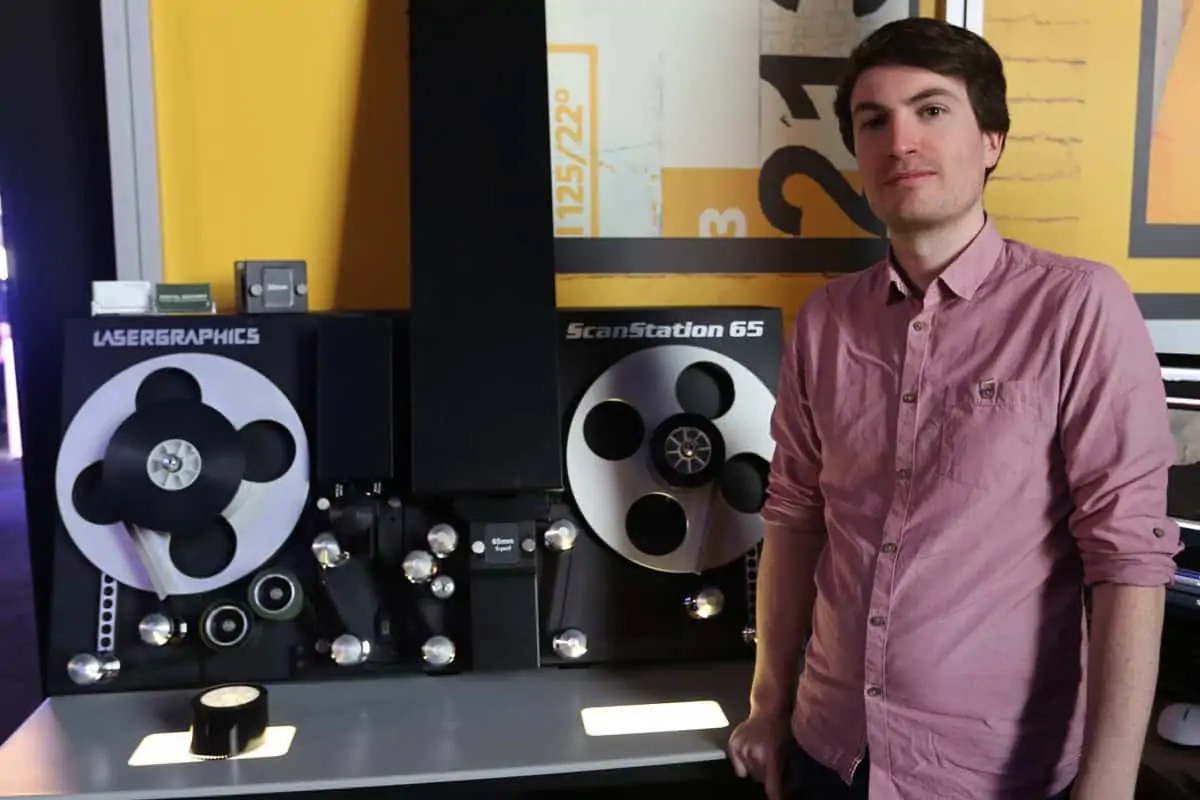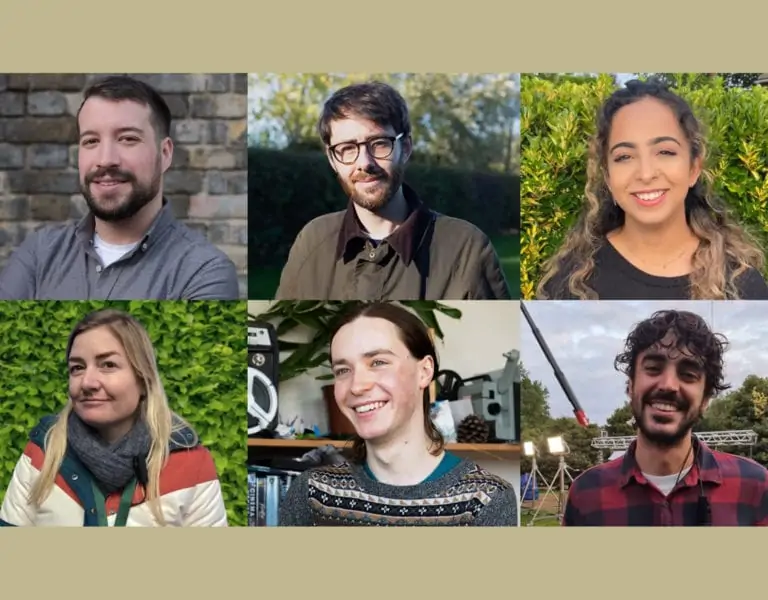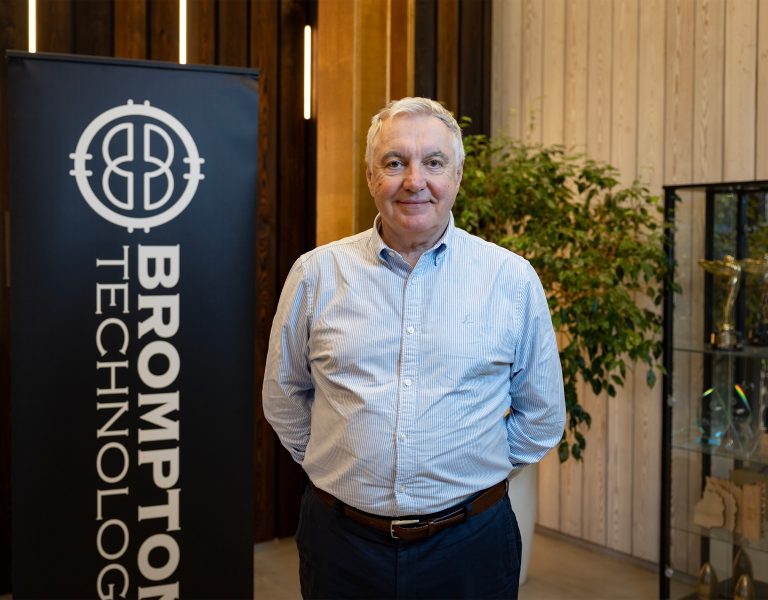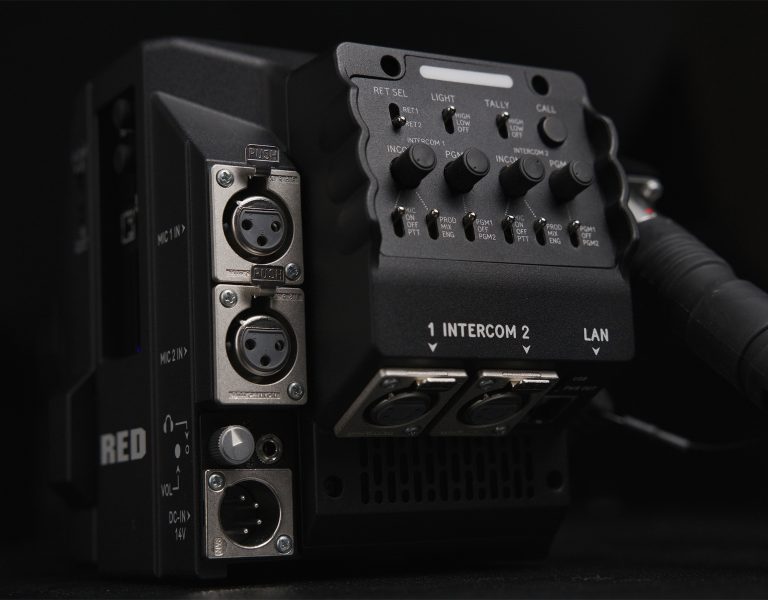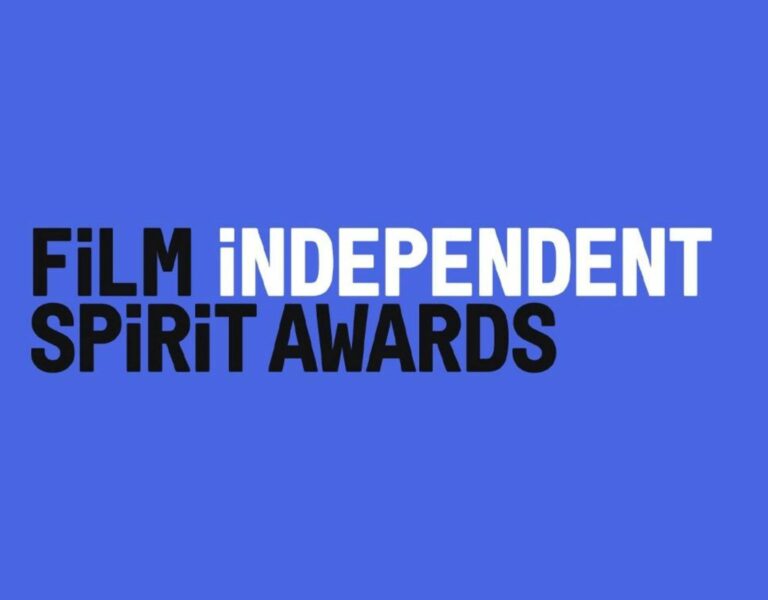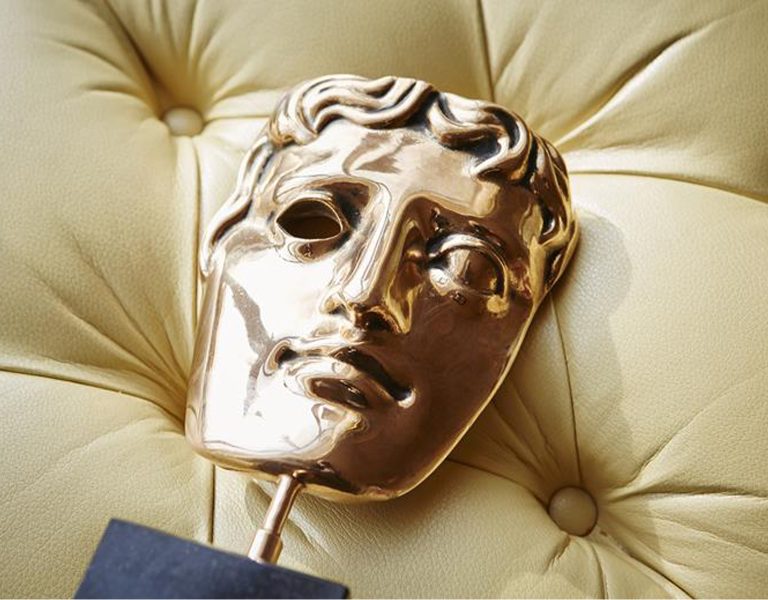Far from those hyper-days of 2006, when the Oslo Digital Cinema Conference was held for the very first time, this fifth edition marked the total acceptance and consolidation of the electronic image in the industry. In contrast to 2006, when many cinematographers were still resisting and struggling to understand the electronic image, this year marked a definite understanding and a desire to look forward to a brighter future. The digital image is no longer a mystery for cinematographers. The language of pixels, lines, bit-rates, frame rates and compression poses few doubts today.
The aim now is to use the tools and the technology at their utmost for creative and artistic images, but the development in this digital age is so rapid that cinematographers have a great need for updates and to exchange their knowledge. This is where the Oslo Digital Cinema Conference comes in. Cinematographers from around the world can exchange experiences and discuss developments with equipment manufacturers. Sony, ARRI, Panasonic, Red and Canon were on-hand to present and discuss their latest developments.
And this was how conference started, with a great panel of speakers – including cinematographers, colourists and manufacturers – discussing “creative cinematography and camera control”. On the opening panel were Philippe Ros AFC (France), Tom Crocker of Sony, Harald Brendel of ARRI, Yvan Le Verge, Canon, Luc Bara of Panasonic, Dave Stump ASC , Rolf Coulanges, BVK (Germany), Kommer Kleijn SBC (Belgium), John Christian Rosenlund FNF and colourist Cem Ozkillicci from Canada.
Many other speakers followed: Kommer Kleijn SBC, chairman of IMAGO’s Committee of Creative Technologies in Cinematography, gave us the state-of-the art-on projection. Harald Brendel from ARRI, Per Böhler and Henrik Moseid from Softlights/France discussed colour science and the limitations of digital photography and LED lighting.
The DIT (Digital imaging technician) is considered a crucial part of the camera crew, especially for the cinematographer on-set. With the aid of a DIT the cinematographer can create and protect their images in a good way. As always, the archiving of images was another important matter discussed.
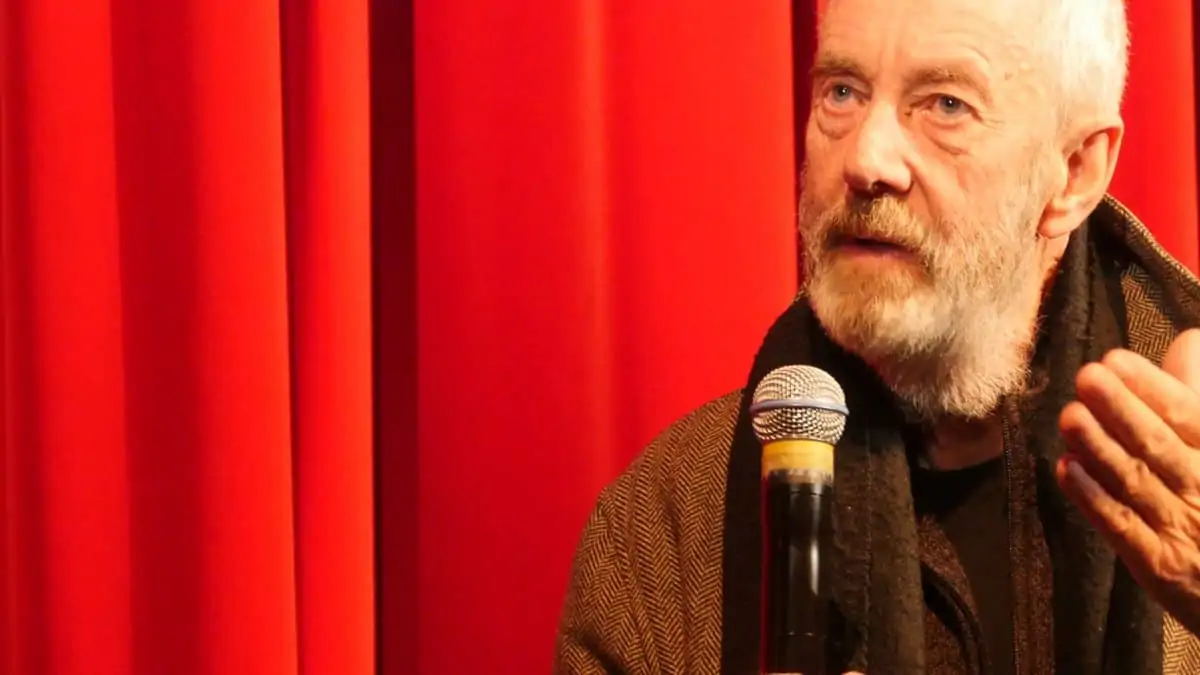
The first day ended with a screening of the highly-acclaimed Mike Leigh film Mr. Turner, beautifully shot by Dick Pope BSC. The movie couldn’t be more appropriate to show at the digital conference, as it was entirely shot digitally. Dick’s great cinematography won him many awards, including the BSC award, along with a prestigious nomination for an Academy Award. The morning section of the second day, competently moderated by Rolv Haan FNF, was a masterclass dedicated to Dick’s career and the way he works, with several clips screening from films he has shot. The audience also learnt about the relationship between the director Mike Leigh and his cinematographer through their many years of close collaboration.
The afternoon provided the opportunity get close-up with a range with drones and cranes, plus fresh news from ARRI which presented a new Alexa, and also from Panasonic which presented the new Varicam 35, and Canon with its new extreme low light model.
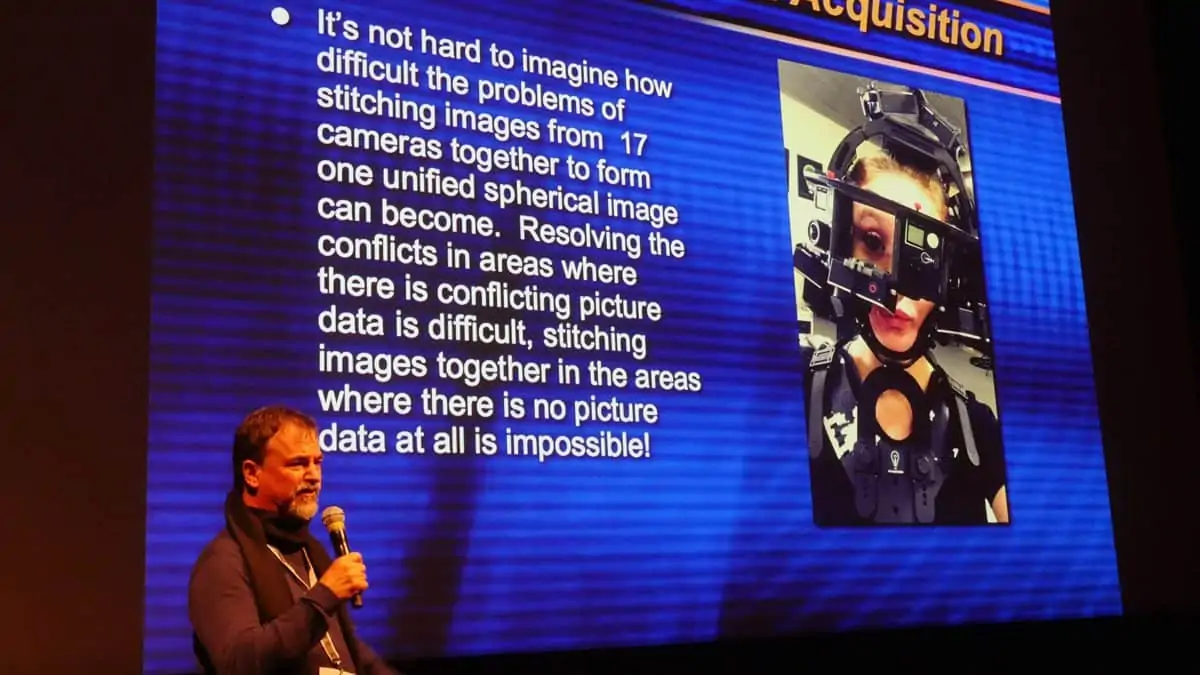
The third and last day there was a case study of Norwegian feature The Wave, shot by John Christian Rosenlund FNF. The film demanded a great deal of VFX and post-production. John explained his involvement with the project from pre-production to colour correction. In collaboration with the colourist Cem Ozlillicci he extensively and successfully used ACES, (the Academy Color Encoding System) during post production to get the desired results. ACES was also discussed thoroughly by Dave Stump ASC.
The ODCC was again a great success – organised by Paul René Roestad, the new president of IMAGO, and the Norwegian Society of Cinematographers (FNF), in collaboration with IMAGO. It was supported by the Norwegian Film Institute and the Nordisk Film and TV Fund, with attendance of more than 200 cinematographers from different countries around the world.
The Danish Society of Cinematographers (DFF) every year supports 25 of its members in attending the Oslo Conference – paying their entrance fees, accommodation and flights. The DFF has special funds that are the result from secondary author’s rights that Danish cinematographers get from their collecting society, and this fund is always used for educational purposes. It’s an example to be followed perhaps by other cinematographic societies around the world.

